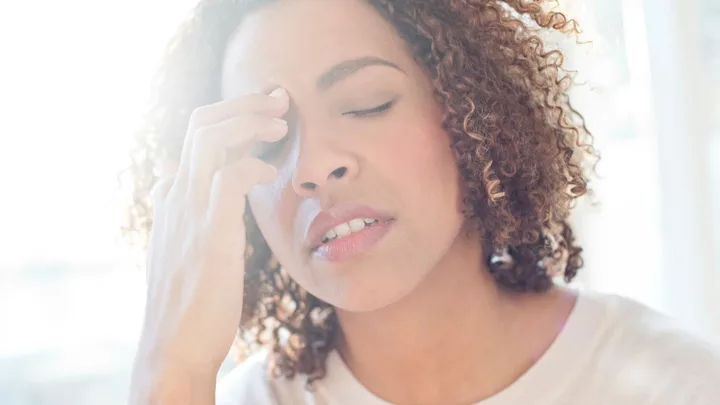A new report from Nurofen has found that a Gender Pain Gap still exists in Australia.
The study, which surveyed 2,040 Australian adults, found that 55% of women feel their pain has been ignored or dismissed.
Of these women, a third (32%) felt their pain was ignored or dismissed because their GP didn’t take their pain seriously.
In comparison, 48% of men believe their pain has been ignored or dismissed but only one fifth (20%) believe this was due to a GP not taking their pain seriously.

The survey also reveals that more women than men believe the reason they haven’t received a diagnosis for their pain is because of the gender pain gap—44% of women compared to just 24% of men.
In recent years, awareness around the gender pain gap has increased as more women speak out about the obvious gender biases in the Australian healthcare system.
From waiting longer for a diagnosis to being prescribed less effective drugs and being told that the pain is either in our heads or simply a normal symptom of our periods, the gender pain gap leaves women behind in health care.
For the reasons behind the gap, 49% of the survey’s participants believe women are not always taken seriously because they’re viewed as ’emotional’ and that women are expected to ‘naturally suffer pain’ because of period pain and childbirth.
Most crucially, the report also reveals the impact of this pain on the women’s overall wellbeing, with 56% of women reporting that pain has affected their mood in a negative way, compared with 42% of men.
Similarly, 32% of women say their pain has stopped them from working compared to 23% of men, and 39% of women describing their pain as a barrier to their social life compared with 27% of men.

CEO of Jean Hailes for Women’s Health, Sarah White, says that “shining a light on the gender pain gap is crucial to closing it.”
“Research shows it’s taking women longer to get a diagnosis and treatment for their pain which is adversely impacting their lives. It is simply unacceptable that when some women are in pain they are not being provided the care they need when they need it, and prompt action is needed to change this.
“Now the issue has been highlighted on a national level, I am hopeful that a wider awareness and understanding will drive real change in how women’s pain is believed and treated.”
The results also seem to support the need for the Victorian government’s enquiry into women’s pain.
However, it’s clear there is a long way to go.
 Getty
Getty


